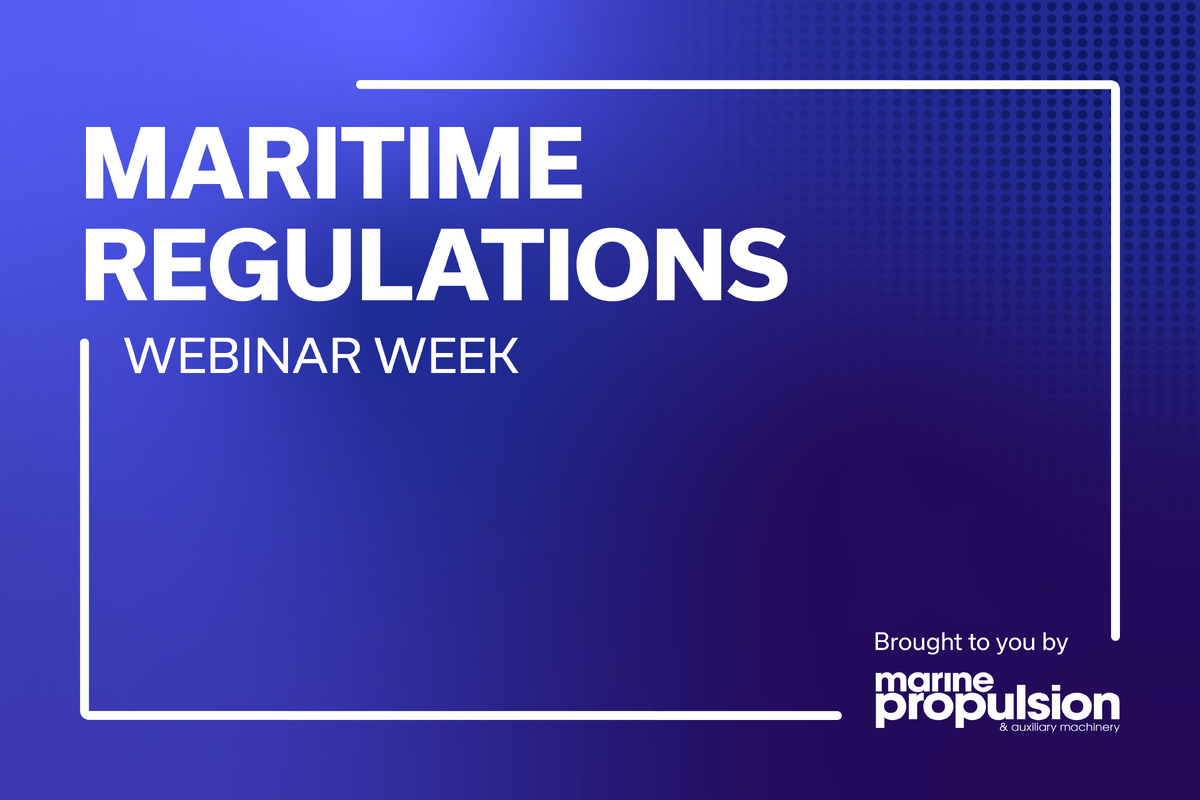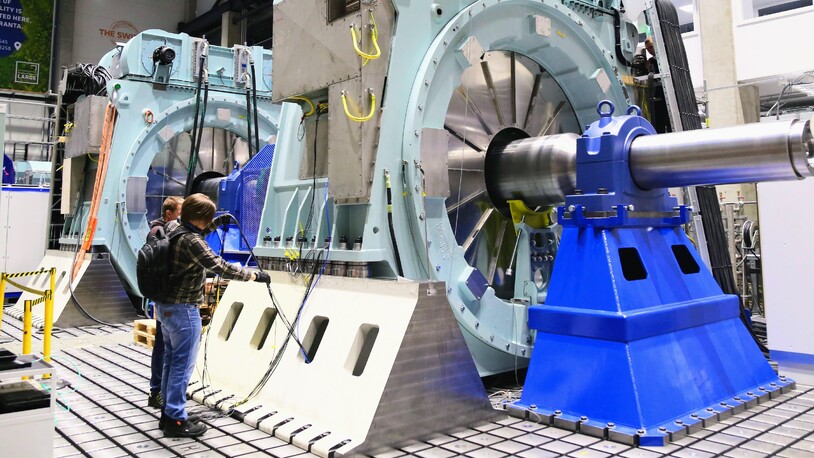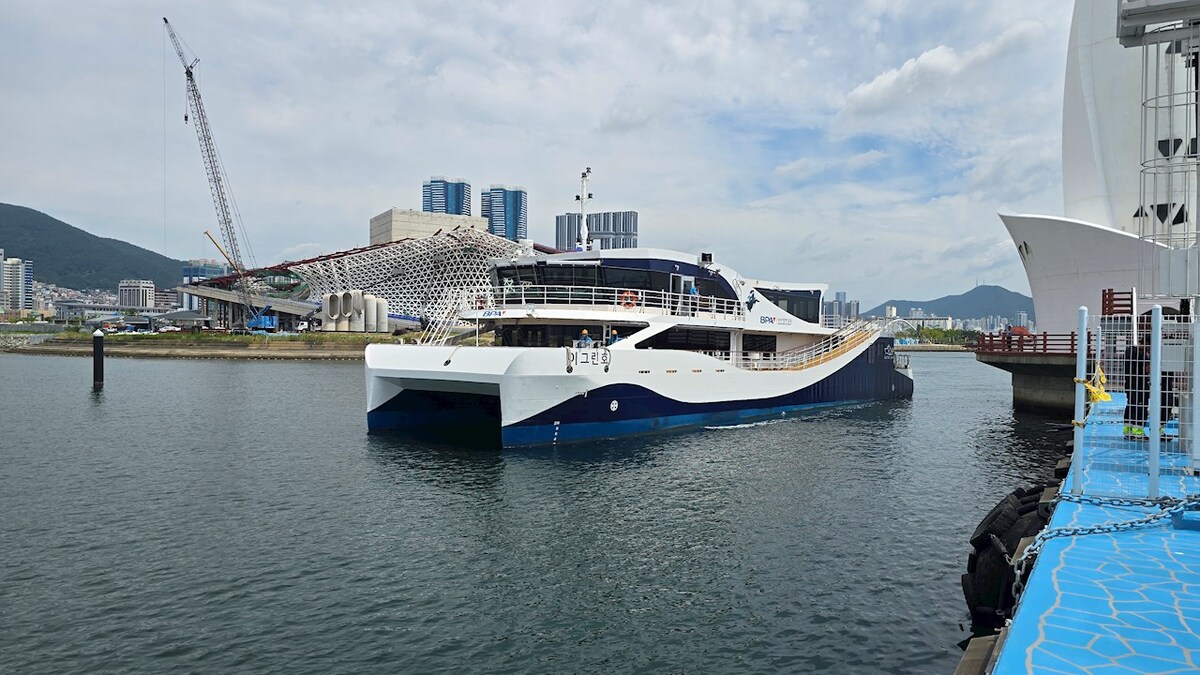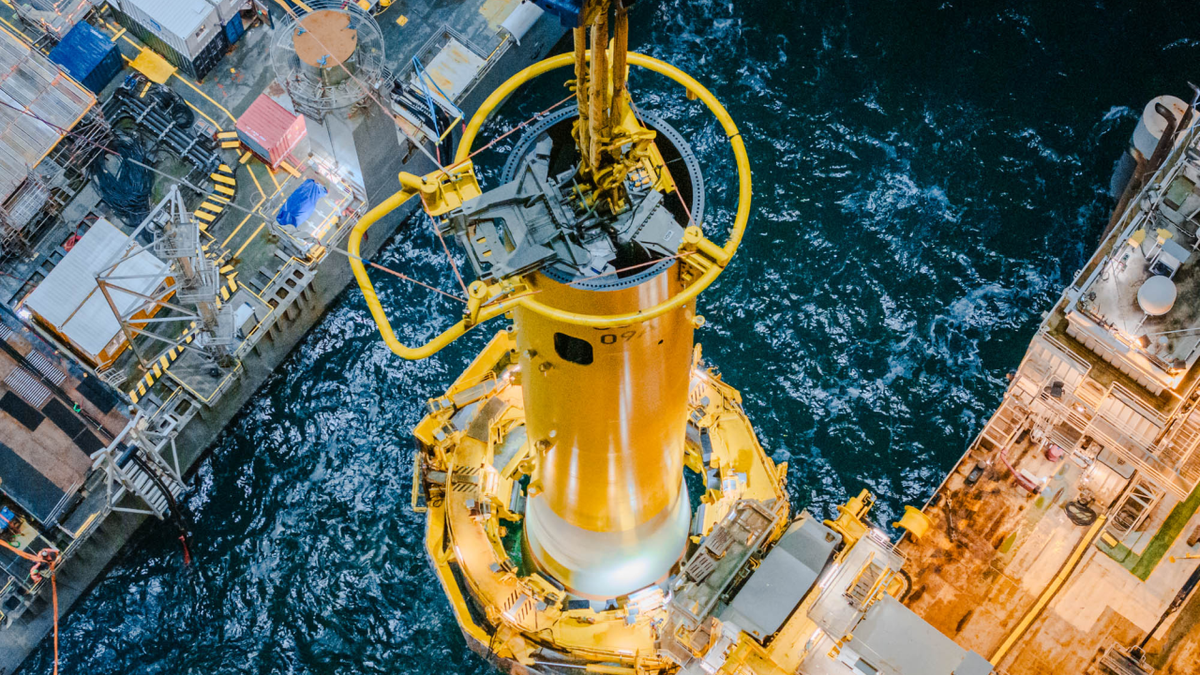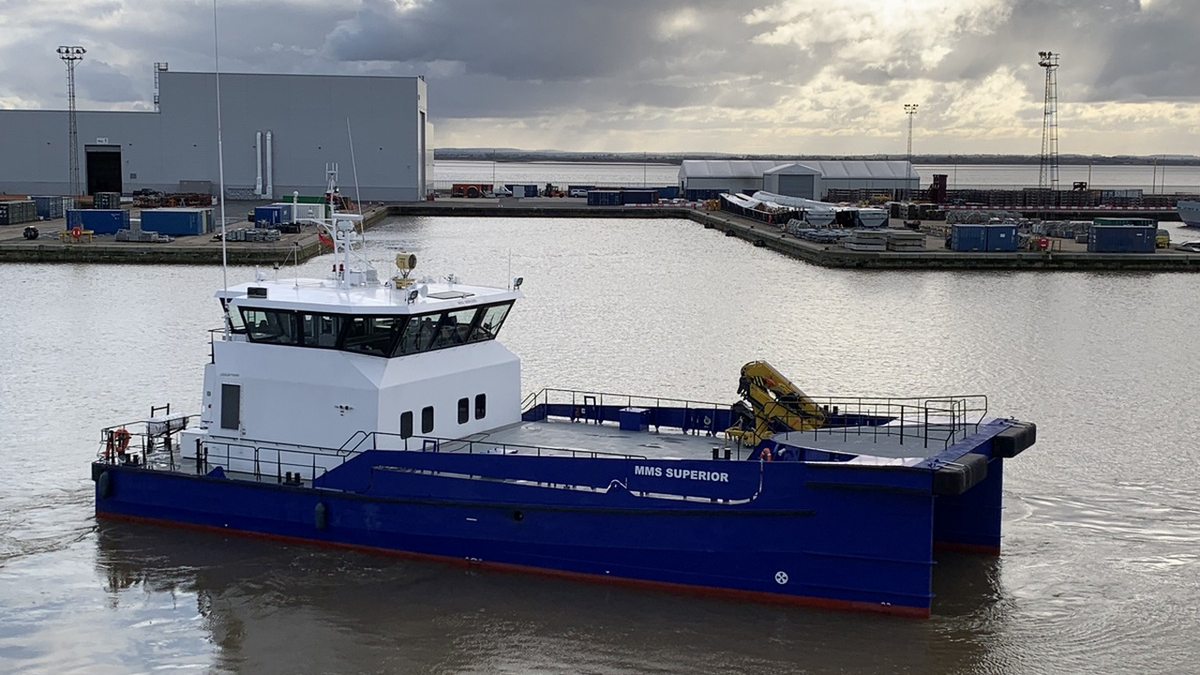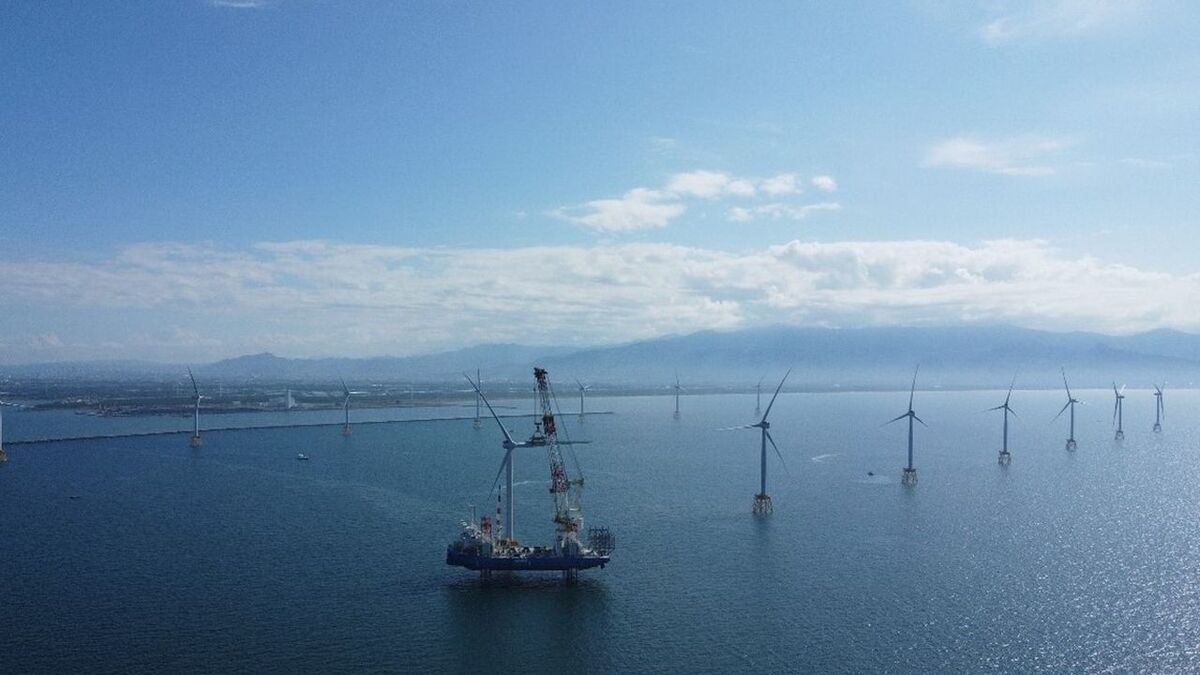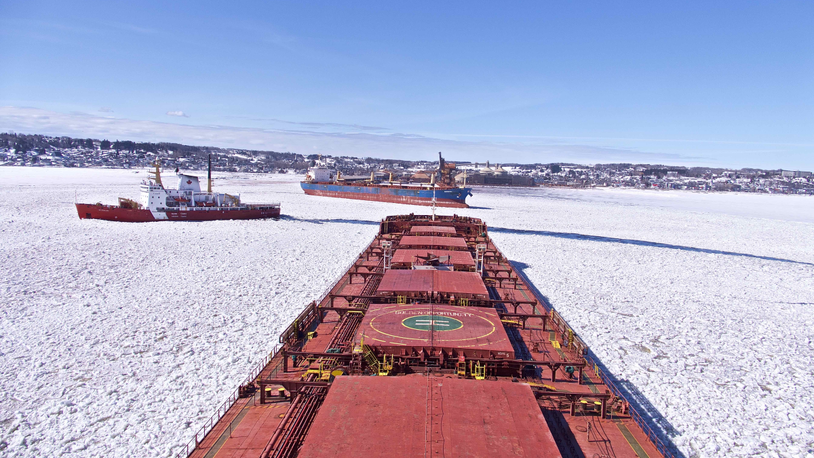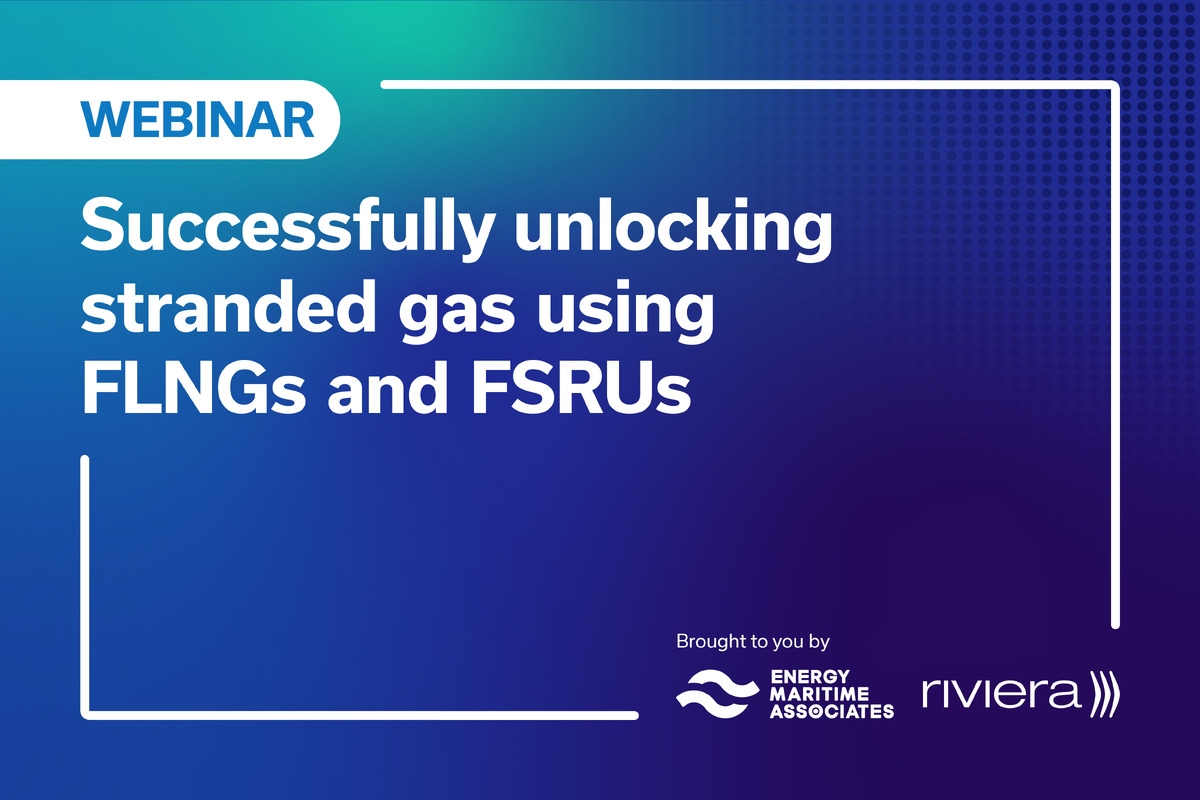Business Sectors
Events
Contents
Three simple ways to improve vessel performance and reduce environmental footprint
Andrea Morgante, Vice President for Performance Services at Wärtsilä Marine, shares his thoughts on how shipowners and operators can effectively maximise the lifecycle of their vessels and improve vessel uptime, save fuel and decrease emissions.
As an industry responsible for transporting over 80% of world trade, maritime shipping serves as the lifeblood of the global economy. However, there lies the challenge of meeting the increasing demand for capacity while aligning with sustainability goals. And time is of the essence here. In just 25 years – the lifetime of a single vessel – shipping must eliminate its entire contribution to climate change.
For the maritime industry to make meaningful progress towards its decarbonisation goals, every operational aspect needs to be considered. There are several ways for ship owners and operators to optimise operations and maintenance more effectively, ensuring their vessels deliver maximum value throughout their lifecycle. This will be key to decarbonising, cutting emissions and staying compliant both in the short-and-long term.
Three ways include:
1.) Optimising engines through data-driven maintenance
Much of the discussion around decarbonisation often starts with fuel-saving hardware and software, meaning smaller efficiency improvement can sometimes be overlooked. However, ensuring engines are operating as efficiently as possible can have a significant effect on a ship owner or operator’s decarbonisation journey. That’s because lots of small improvements can add up to substantial fuel savings – and therefore a significant reduction in emissions.
The starting point for identifying these improvements is through leveraging and analysing data. This begins with making sure a vessel’s powertrain is optimised to match the operating profile, with the flexibility to cover a full range of sailing speeds.
The more data that is collected, the more owners and operators can do to reduce their vessel’s overall carbon emissions. After all, every single component has a part to play. For example, exchanging a filter or cleaning an air cooler at the right time can help to cut fuel consumption by around two percent – with data accurately identifying when that time is.
With accurate engine data, many common operational issues – for example, an engine not starting or not operating as efficiently as it could – can even be solved remotely. Even very small deviations in performance can be picked up, allowing owners and operators to take prompt action before the problem potentially develops into something more serious. Because keeping components operating optimally can help to increase efficiency and minimise emissions.
Data can also show operators and owners when it’s safe to not replace a component or perform an overhaul because everything is working fine. This saves the costs and carbon emissions associated with manufacturing, shipping and fitting parts unnecessarily. It also allows for the extension of equipment lifetimes without the worry of inefficient operation increasing emissions.
At the end of the day, keeping maintenance costs down also frees up capital to spend on other emissions reduction solutions.
2.) Avoiding expensive problems with a predictive maintenance approach
Machinery downtime is a headache for every vessel operator, and unscheduled downtime is one of the biggest headaches. Not only can it lead to costly repairs, but downtime can also often result in higher fuel consumption, especially when ship operators and owners have to compensate for delays in ship schedules by increasing their vessel speed. In short – higher speed means higher fuel consumption, and higher fuel consumption means increased emissions.
Predictive maintenance services can analyse real-time data from sensors onboard a vessel. Advanced rule-based analytics combined with a layer of artificial intelligence can recognise when there is a potential issue and flag it up to a team of experts who can use their knowledge and experience to concretise the case at hand and alert the vessel operator or owner to any anomalies and provide actionable advice and recommendations.
What’s more, prevention is better than a cure, so where possible, it is best that operators avoid unscheduled downtime in the first place. Before equipment breaks down there are often signs that show something isn’t quite right. The problem is that these signs might not always be visible to crew. Taking a predictive maintenance approach can resolve minor symptoms before they become major issues. This is critical in ensuring a more efficient and reliable vessel, and one with less unscheduled downtime.
3.) Partnering with a reliable service partner on shared common goals for decarbonisation
In a complex marine market, having a trusted service partner and focusing on agreed outcomes will ensure superior results – especially in the area of decarbonisation. Service agreements can help by ensuring performance, minimising fuel consumption, or maximising the time between overhauls.
However, traditional service agreements often fall short in addressing these challenges effectively. Both Guaranteed Asset Performance and Outcome Based service agreements offer new approaches by aligning the interests of both customer and service provider towards achieving specific outcomes. Risks are shared and beneficial outcomes guaranteed. Both parties agree quantifiable goals and metrics at the start.
These types of partnerships are a valuable option for vessels of all sizes and across every maritime segment. For example, cruise and ferry operators are under increasing pressure from passengers to decarbonise, while container lines are being pushed by increasingly demanding cargo owners looking to cut their supply chain emissions. Then you have tanker and bulker operators who are seeking ways to achieve CII (Carbon Intensity Indicator) compliance quickly to avoid stranded assets, while also looking to reduce operating costs wherever possible. These challenges can be addressed with both Guaranteed Asset Performance and Outcome Based service agreements.
Ultimately, both Guaranteed Asset Performance and Outcome Based service agreements offer a collaborative, risk-sharing approach, financial predictability, a holistic perspective and the potential for long-term partnership and value creation.
With 2050 less than one vessel lifetime away, it is critical that steps are taken now to cut emissions across the sector. Leveraging service agreements, digital tools and real-time data and analytics can maximise the lifecycle of a vessel – helping fleets to run optimally, stay competitive and comply with current and future decarbonisation targets.
Related to this Story
Events
Maritime Regulations Webinar Week
Floating energy: successfully unlocking stranded gas using FLNGs and FSRUs
© 2024 Riviera Maritime Media Ltd.
